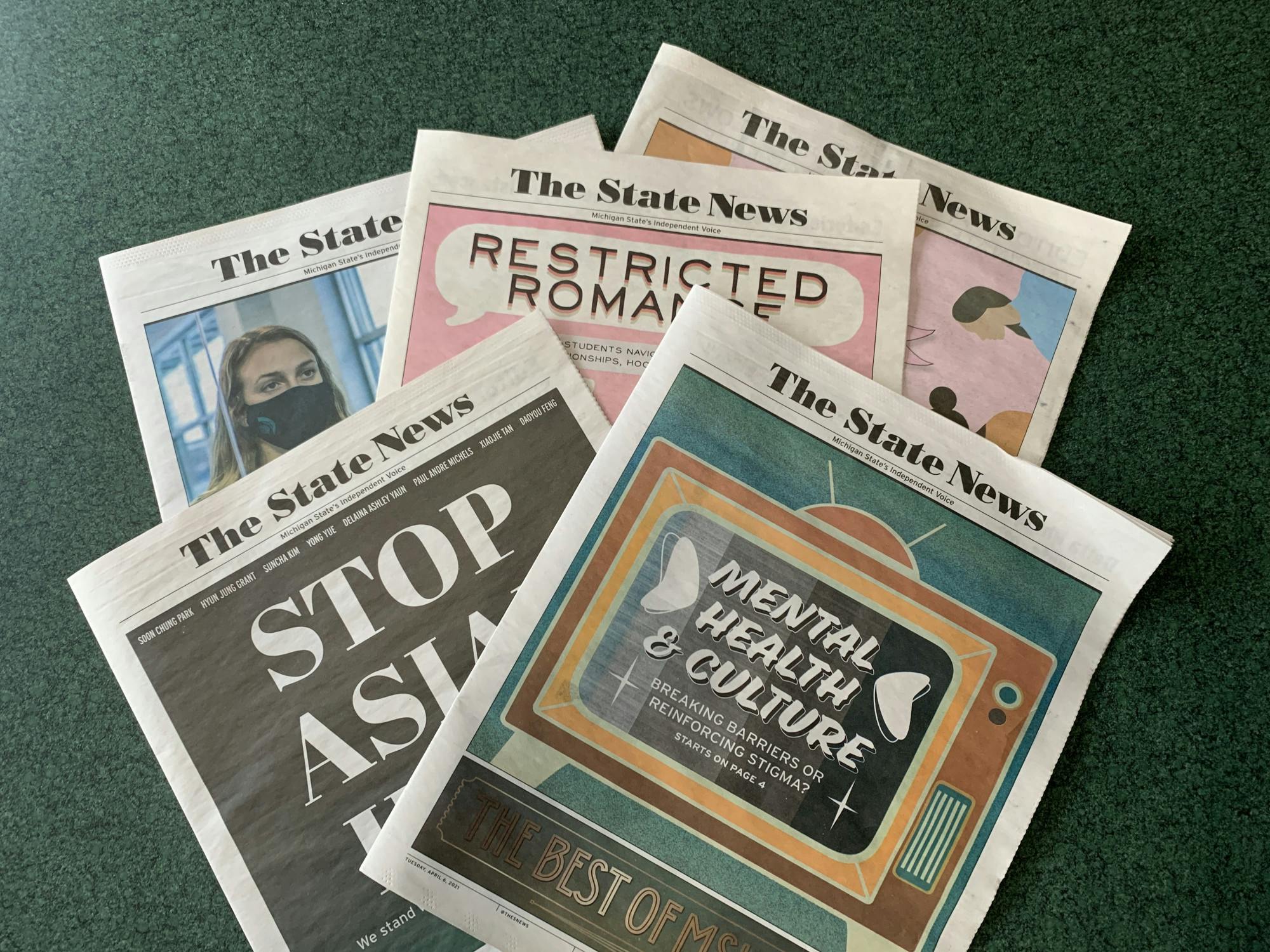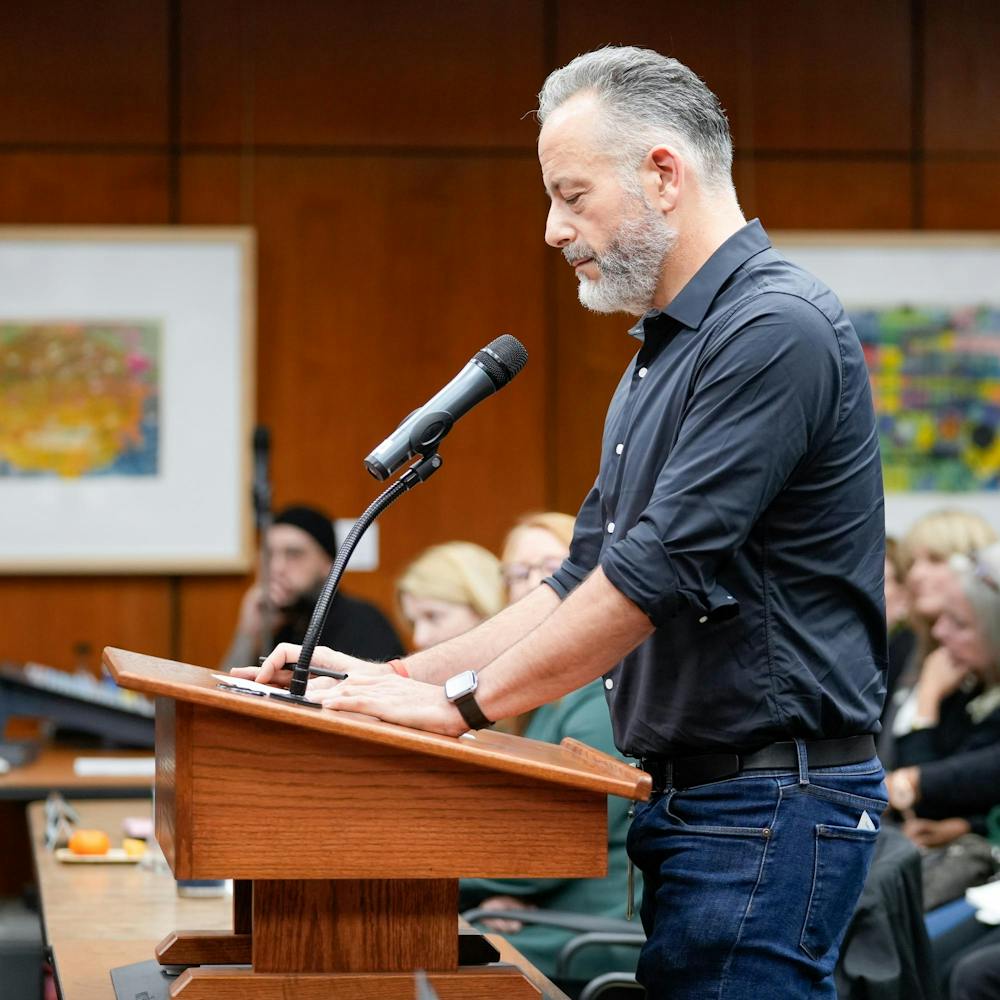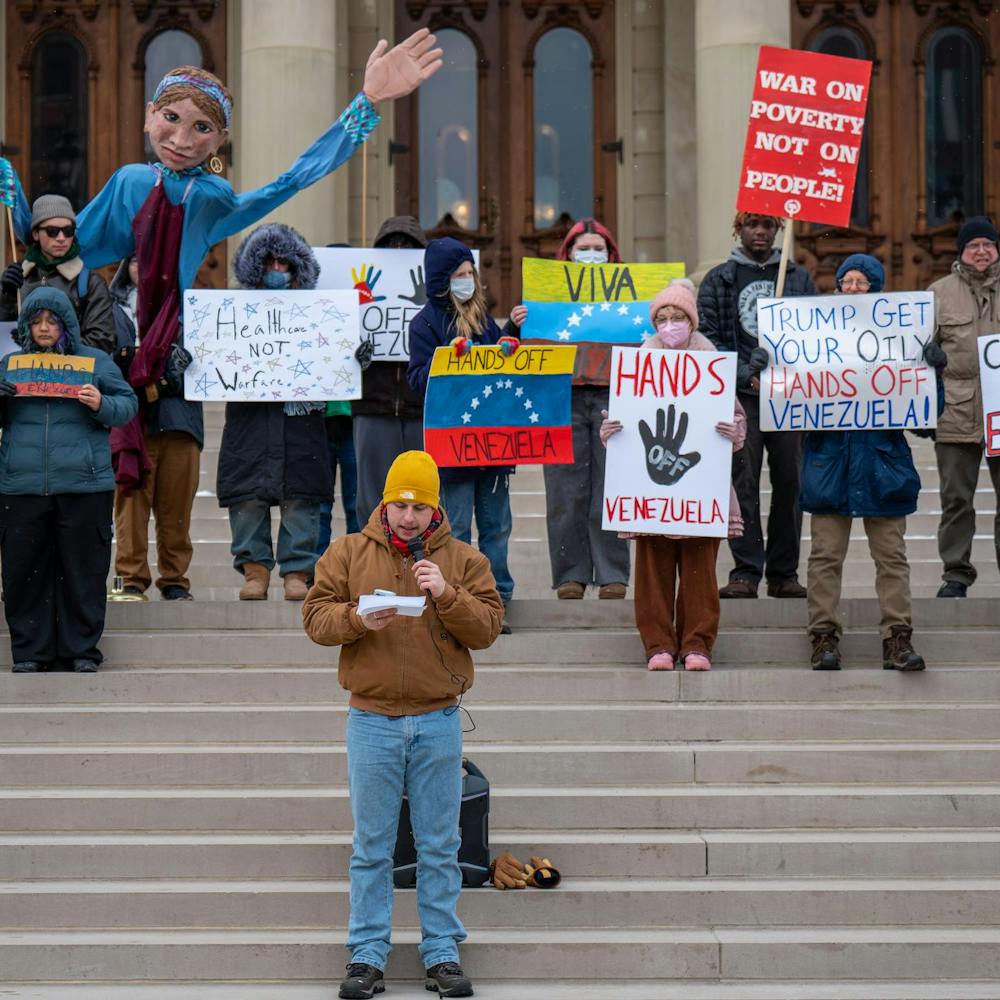Newsroom diversity is a continuous challenge because of implicit and explicit biases journalists hold that limit opportunities for minority groups.
We aim to report stories that accurately reflect the community and provide an understanding of the backgrounds of students who bring you daily news coverage.
This diversity report is not the solution to this problem, but rather one step to ensure The State News represents the Michigan State student voice, even those that are typically underrepresented.
How we made this report
The State News diversity and inclusion team is made up of the editor-in-chief, managing editor and a hired diversity and inclusion coordinator. After reviewing the recommendations from the previous diversity and inclusion team, our goals for this semester were:
- Construct an assessment of newsroom performance reflected in this report.
- Create a demographic breakdown of who was hired compared to the overall student population.
- Identify new content areas to explore while guiding story development in these areas.
- Collect demographic data on sources throughout the semester to reflect in this report.
Our staff will continue to work towards these goals and our progress is outlined below.
Staff breakdown
The State News newsroom staff consisted of 51 MSU students, up from 47 students last fall.
During the spring 2021 semester, 70% of the staff, or 35 students, identified as self-identified as white, down from 79.1% of staff members last fall. The remaining 16 staff members self-identified as follows:
- 7 as Black (14%), the same as last semester.
- 4 as Hispanic or Latinx (8%), up 1% from last semester.
- 4 as Asian or Asian American (8%), up 1% from last semester.
- 1 as Indian or Indian American (2%), down 0.3% from last semester.
- 1 as Armenian (2%), up 2% from last semester.
Support student media!
Please consider donating to The State News and help fund the future of journalism.
- 1 as Native American (2%), up 2% from last semester.
- 1 as Egyptian or North African (2%), up 2% from last semester.
According to MSU’s 2018-2019 Annual Report on Diversity and Inclusion, Black students made up about 8% of the total student population. That percentage was about 7% for Asian students (including Indian students), 0.3% for Native American students, and about 6% for Hispanic or Latinx.
Middle Eastern and North African students were listed as white in MSU’s report.
The State News has 36 female identifying staff compared to 14 identifying as male. Last semester, 27 students identified as female, 15 identified as male and one student identified as transgender or nonbinary.
In terms of sexuality, 36 staffers identified as heterosexual while 11 identified as bisexual, homosexual or asexual. One staff member identified as queer and two did not disclose their sexuality. In fall 2020, 8 staff members identified as bisexual, homosexual or asexual. Two did not report their sexuality and the rest identified as heterosexual.
Only one staff member reported being an international student. Out of the domestic students, 8 students were out-of-state students and the remaining 41 were in-state, similar to the fall semester.
Also, 28.6% of the staff, or 14 students, reported being first-generation students, down from 33% of staff last semester.
Finally, 62% of the State News staff are sophomores (30%) and juniors (32%). Seniors account for 22% of the staff while freshmen account for 14%. There was only one staff member that was a fifth-year or more student.
Coverage breakdown
Diversity and inclusion are all-encompassing — one way to reflect on our coverage is to pull the tags logged in Parse.ly, our analytics tracker, for the articles published throughout the semester. The State News published 688 stories from Jan. 1 to April 16. This doesn’t include our special long-form stories about the coronavirus, essential workers, resident assistants and MSU Swim and Dive.
The charts show which of the 513 tags were used at least five times. While the majority of tags (395) were only used once or twice, this process provides insight into the trends and patterns of our coverage, so that they can guide better editorial decisions in the future. This method has limitations: tags are case sensitive, used haphazardly and can be forgotten in the editing process.
Similar to fall 2020, there is still heavy attention to the coronavirus and local vaccination efforts, albeit less so than the fall. Further, our coverage includes a greater frequency of sports stories than news stories.
The frequency of sports reporting is a testament to the productivity of our sports section more so than an indicator of editorial preference. Sporting events and government meetings have set schedules that make our patterns of coverage clearer.
The majority of unique tags could be an indicator that our reporters write about a wide variety of topics. However, progress is needed in curating a diversity of consistently covered topics.
Source Engagement
The Michigan State School of Journalism’s award-winning Fair Chance Sourcing provides an effective model to understand if the people we interview match the makeup of the community. The State News decided to test it out this semester with our Source Engagement Project.
After reporters interviewed a source, they were instructed to ask a set of demographic questions about age, race, gender, sexuality and student status — and input the answers on a Google form throughout the semester.
In total, we logged interviews with 189 people. This means that while not every interview made it into the chart, this project is a formidable first attempt in analyzing the sources we use in day-to-day reporting.
About 40% of the interviewees were college-aged, which is about 15% lower than the proportion of 18-24 year olds in East Lansing.
The majority of interviewees identified as white, but at 58%, this is about 13% lower than East Lansing’s 71% white residents.
Other prominent race identifiers from our sources include Black or African American (21%), Asian or Asian American (13%) and Hispanic or Latinx (6%).
We also talked to more women (60%) than men (40%) which could be implicit bias from a majority female staff.
About 44% of sources were MSU students, compared to 56% non-students. As a student-run newspaper with a focus on student life, The State News must increase the number of student sources we interview in day-to-day coverage.
From here, there should be appointed staff members that work with our newly hired Diversity & Inclusion Coordinator to make our Source Engagement Project more successful. Additionally, future staff members should actively work to increase the number of sources represented in the project.
The State News is dedicated to anti-discrimination, authenticity and real change with open ears. Progress is only possible with room for hard discussions about privilege, biases and equity.
We are working to acknowledge the trends and gaps in our efforts. As the semesters continue, we are dedicated to continuing these reports and addressing issues as they arise.
The State News Diversity and Inclusion team consists of Editor-in-Chief Evan Jones, Managing Editor SaMya Overall and Diversity and Inclusion Rep. Inna Mirzoyan.
This report is part of our Semester in Review issue. Read the full issue here.
Discussion
Share and discuss “The State News spring 2021 diversity report” on social media.







